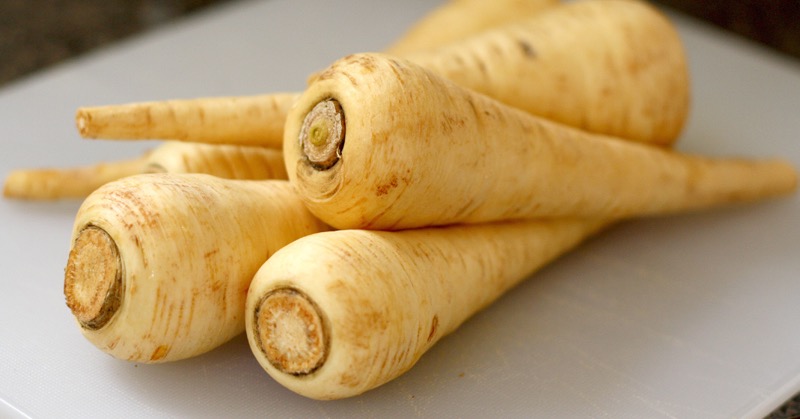

In addition, they are precursors for the formation of many other substances in the body, such as those involved in the regulation of blood pressure and the body's inflammatory responses. Source of essential fatty acids: such as Omega 3 acid and Omega 6 acid, which are essential components for cell formation. In addition, it is a powerful diuretic that helps prevent fluid retention. Source of minerals: such as potassium, which contributes to muscle activity and to maintaining adequate blood pressure.Įxcellent source of fiber: a fact that makes it a very effective remedy against constipation, thus helping the proper functioning of the digestive system. In addition, it helps the absorption of minerals such as iron. Vitamin C: helps to correct tissue healing, but also to repair and maintain cartilage, bones and teeth.Vitamin B9 or folic acid: highly recommended for women during pregnancy and lactation, as they help prevent certain diseases in the formation and growth of the baby.In addition, it contributes to the generation of proteins that help the blood to coagulate correctly. Vitamin K: helps the body maintain healthy bones and tissues.

Vitamin E: has an antioxidant effect and helps the body's cells from oxidative stress and thus helps reduce the chances of contracting degenerative eye diseases such as cataracts.Benefits and properties of parsnipĪmong the most outstanding parsnip properties we can find: In certain parts of the world it grows wild, but in Spain its cultivation is limited to the north and to mountainous areas in the center and east. However, with the arrival of the potato, the parsnip fell into the background, despite being a food with significant nutritional value and a long list of properties.Īlthough today we can consume it throughout the year, the parsnip season is autumn-winter. It was used in stews, soups, stews, purées, roasts and steamed, a great protagonist in the cuisine of the time thanks to its light flavor. Although it is currently less popular than other vegetables, parsnip was for centuries an indispensable food among the humblest families.īefore the introduction of the potato to Europe after the discovery of America, the parsnip took its place and was one of the main sources of food for the people. Parsnips are a root vegetable native to Asia and Europe that are very similar to carrots, but with a cream or ivory hue and an anise-like flavor.


 0 kommentar(er)
0 kommentar(er)
